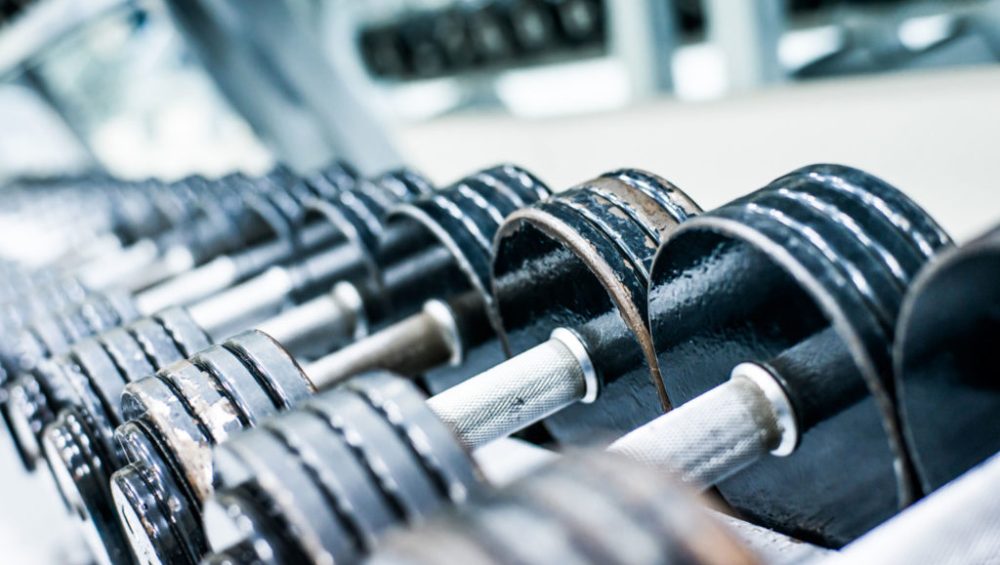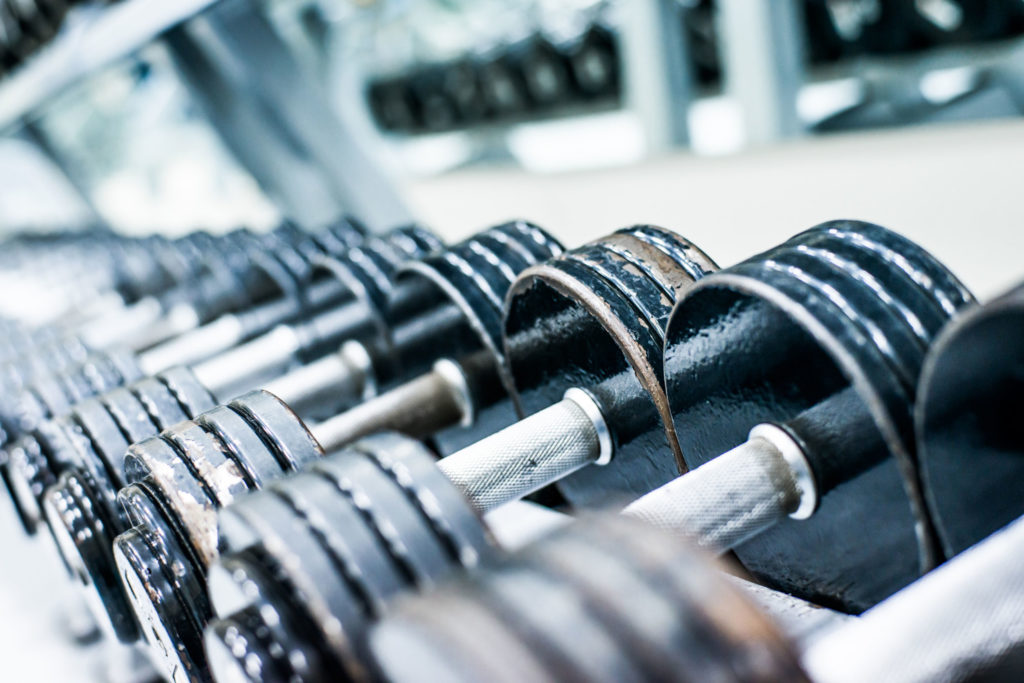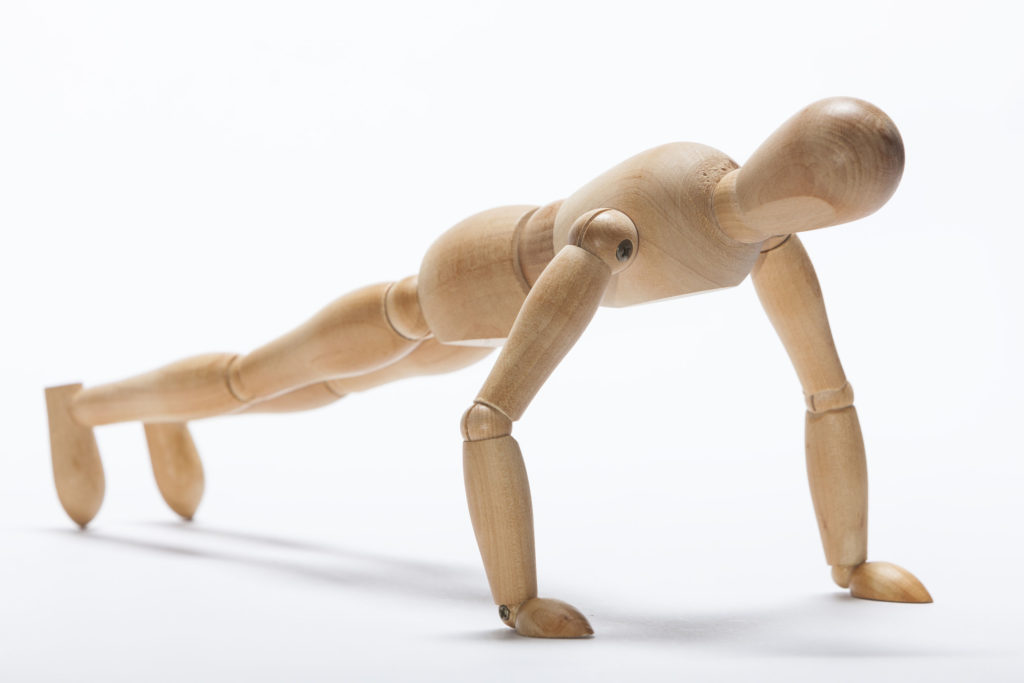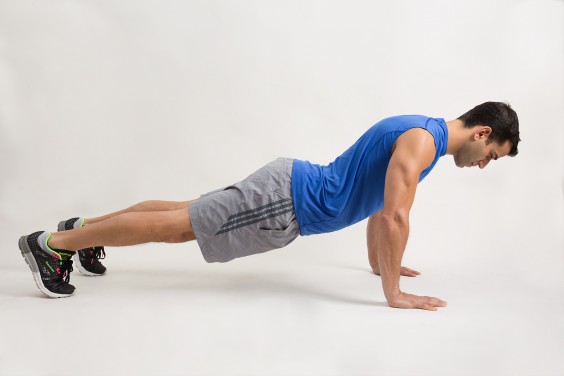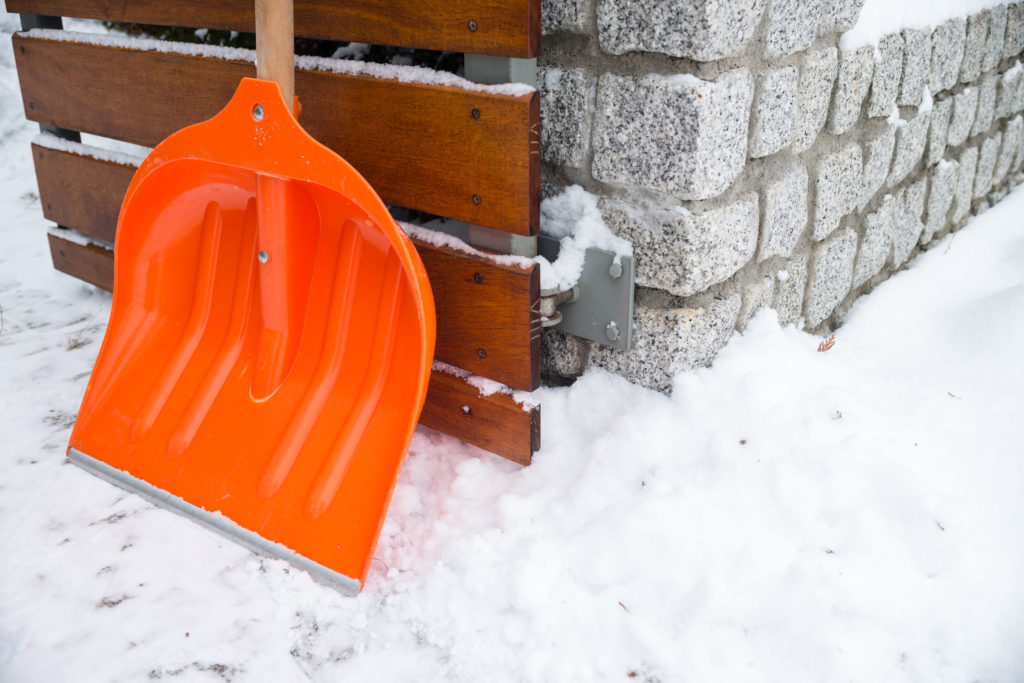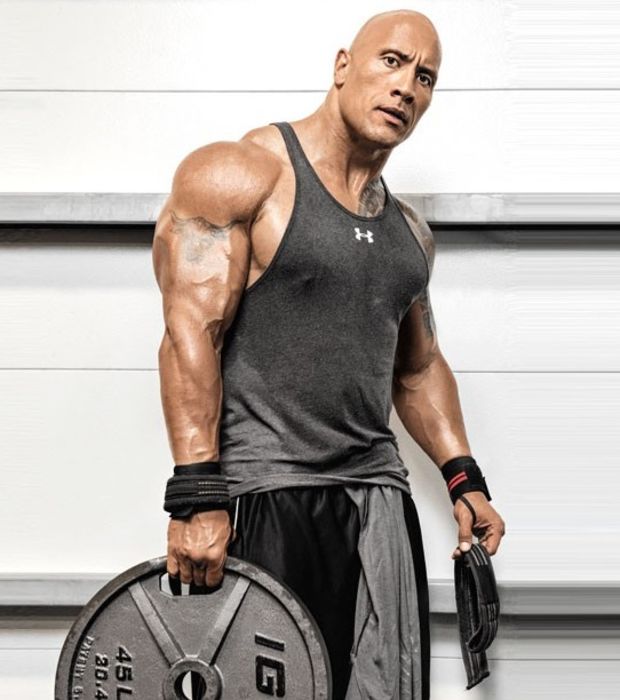Happy Valentine’s Day everybody. This is mine and Lisa’s first V-day as parents (two weeks in). Her Mom is in town this week helping out with our little guy, and this is the sort of dichotomy is going down.
I went to BU to get a quick lift in, and Lisa headed down to Newbury St (downtown Boston) to hit up a fancy hair salon. HA – who says romance is dead?1 Thanks Grandma for babysitting.

No wordsmith foreplay today, lets get right into things….
1-Legged Glute Bridge Floor Press
Who Did I Steal It From: My man, Ben Bruno. He mentioned these a few years ago in a few blog posts of his and I immediately thought to myself 1) was a brilliant idea and 2) I’m an idiot for never thinking of something like this myself.
What Does It Do: I refer to this as a “hybrid” exercise in that it combines two exercises into one and trains several key functions:
- The Floor Press component is a great fit for those with cranky shoulders or where pressing with a full ROM may be problematic. The floor prevents the shoulders from “rolling” forward (from too much glenohumeral extension) and is a nice way to provide some kinesthetic feedback so trainees know when to stay out of the “danger zone.”
- The Floor Press also serves as a nice tricep accessory movement.
- The Glute Bridge component obviously serves as a prime way to train the glutes. Holding the isometric hold increases time under tension.
- Additionally it helps improve hip stability (the idea is to keep the hips “level” throughout. I like to cue people to pretend their hips are headlights and that they shouldn’t dip or move).
- Maybe most important of all…the exercise just looks bad-ass.
Key Coaching Cues: I gave one away above (keep the hips level). By and large I believe this is a pretty self-explanatory exercise. Start with the DBs on your lap and then bump/scooch them up as you lower yourself towards the floor. Even though you’re on the floor, you still want to practice proper scapular positioning (down and together). Bridge up with BOTH legs (then decide which one you want to elevate).
From there press away. I like to force people to come to a complete stop when their upper arms touch the floor. Another thing to considers is to try to keep the elbows at a 45 degree angle in relation to the body. You don’t want to have the elbows too close to the torso (crowding) as that will increase the chances of the shoulders rolling forward, and you also don’t want the elbows flared out too much as that will often place the shoulder in a vulnerable position in terms of overall stability.
Elbows at 45 degrees tends to be the Goldilocks position. Just right.
Shoot for 5-8 reps per leg.


